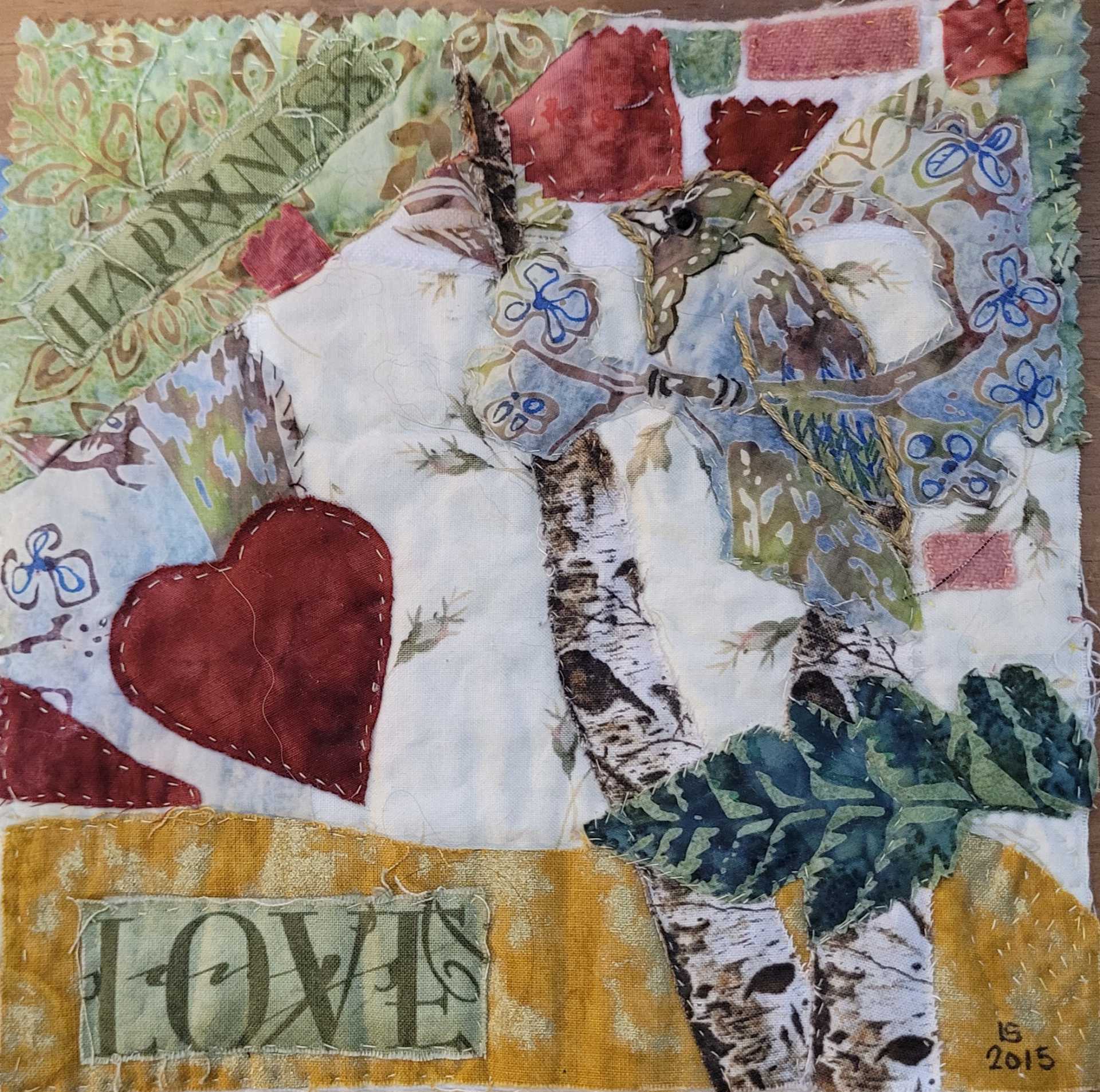Everyone Likes a Good Story
Storytelling is one of the oldest known practices in the world. We learn through stories. We are entertained by stories. We connect with each other through stories – laugh together and cry together.
In this series, I hope to share real-life stories of clients (names and details changed to protect their identities), stories from other death doulas and perhaps legends and archetypal stories that will help us find a better relationship with dying and death.
How Do We Remember?
We’ve all been to a funeral or celebration of life – or most of us have. We think of these events as sad and solemn, yet in my experience, I have yet to attend a funeral, memorial or celebration of life that didn’t have at least one fantastic story of the person being remembered. In fact, most funerals I have been to culminate in a reception full of laughter (and tears!), as people come together to share their best and fondest memories of the deceased with each other. They tell stories. Stories help us remember and help us heal.
And sometimes stories keep us stuck. A “story” remembered from our past is likely to be very much biased in our favour. If the story is of a negative situation, we may hold on to bitterness and judgment instead of seeing that we are all human beings trying to figure things out as best we can. And studies have shown that most of what we remember isn’t even true! In each telling, a story can become more elaborate and less…grounded. We can end up miserable – believing our own stories!
An Opportunity to Share
Here is one of my favourite stories. It’s a new story, but already one I will treasure: I have a client who – at 100 years old – has a finely-honed funny bone. She loves to make people smile. She’s also a bit of a prankster. Never anything mean – mind you. All in good fun.
One evening, we were in her room at a long-term care facility, trying to establish a link between her tablet device and her television (so we could cast what was on the smaller screen to the bigger screen). When we tried to connect, a list appeared of almost every television in the facility, and next to each TV was a button that invited us to “Connect.” In fact, it seemed as though every television in the facility had appeared on the list of devices we could connect to. Every television, except hers.
I proceeded to explain that if we chose any other TV on the list, her tablet would be cast to that TV, and what was showing on her tablet would then be mirrored on a bigger TV.
Someone else’s TV.
My client looked straight at me, pointed her finger, and planted it down on her tablet screen. Within seconds, we could hear one of her neighbours shouting, “What in the Sam Hill is going on with my TV?!”
Whatever he was watching before had suddenly transformed into a video of Northern Alberta square dancers.
My client giggled and proceeded to connect her tablet to several other TVs. Reactions from different neighbours were similar, and we were almost doubled over – tears in our eyes from laughing so hard.
I am certain that this is one of the stories I will keep close to my heart. I connect with all the happiness, mischievousness and joy of this very special client every time I remember it.
Download My Free End-of-Life Glossary
This comprehensive guide will help you navigate the often unfamiliar terminology associated with end-of-life discussions. You’ll also receive valuable insights about once a month. No spam ever; unsubscribe anytime. Download your free glossary today.
